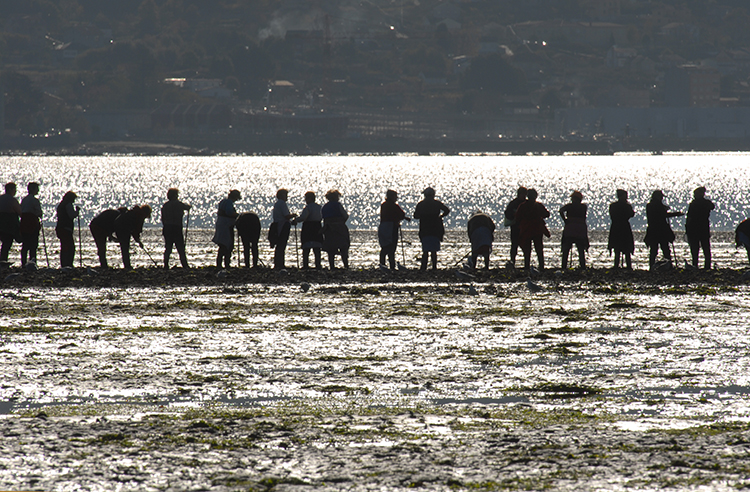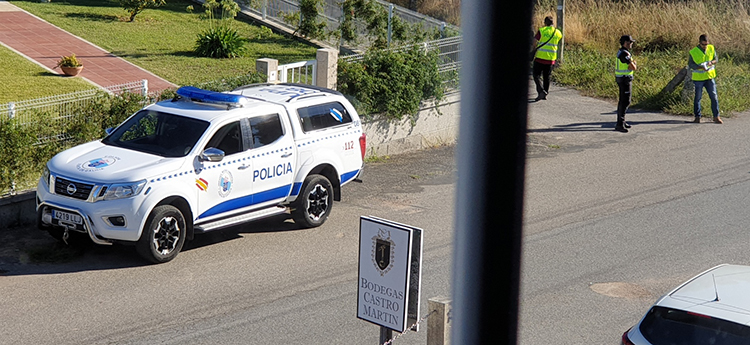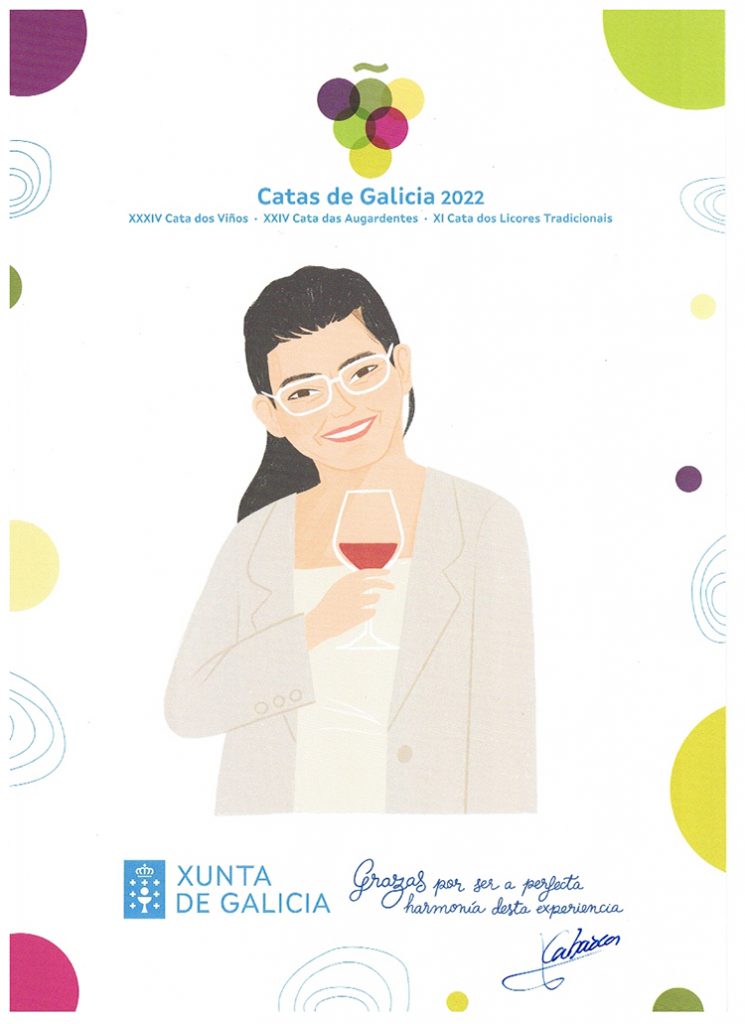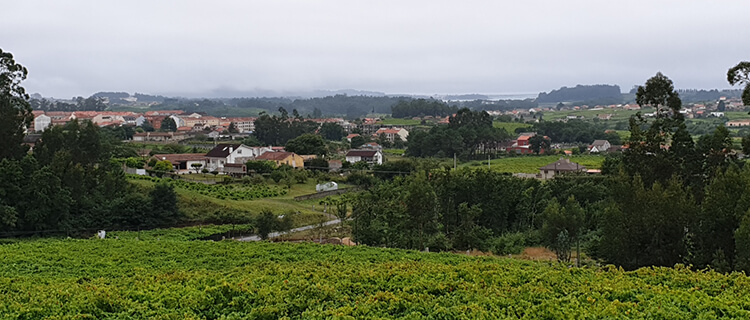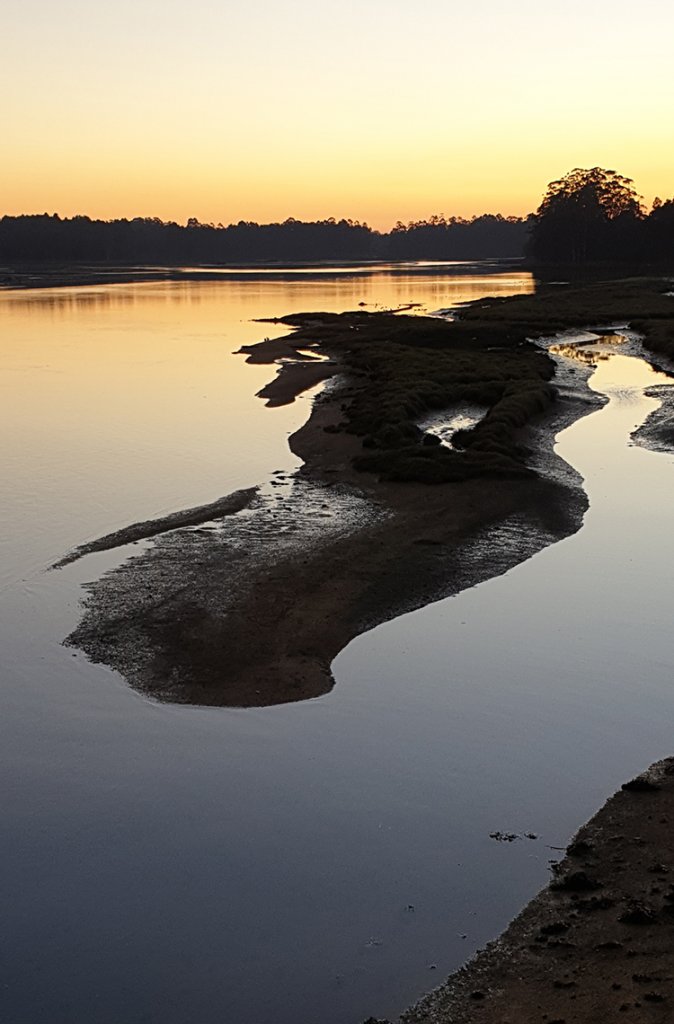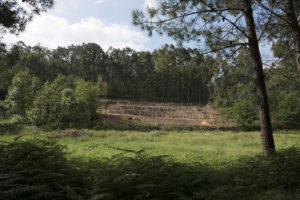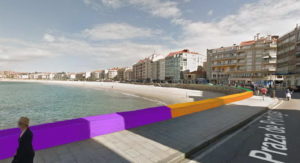Into summer?
March 27th, 2024 | Galicia

We have now just passed the Spring Equinox and this weekend it will be time to change our clocks to ‘summertime’.
Having said that, as the Easter weekend approaches, our spring weather continues to be erratic. After a couple of day of warm sunshine, we have now returned to our more usual grey skies, showers and much colder temperatures. The forecast for this holiday week is for rain and more cold weather, which is not great for local tourism as some visitors may well be discouraged from even coming at all.
Of course, Galicia is known as being a part of ‘Green Spain’ where we have far more rainfall than other regions. I truly believe that many foreign visitors to Spain (and also this verdant corner of Spain) come with the preconception that Spain is always hot, that it is the land of “sun, sand and sangria”. As I look out of my window at this moment, I can assure you that nothing could be further from the truth!
From a wine producing point of view, our hope now is that this combination of very cold, wet conditions does not produce hail, as the new buds of this year’s new growth have already appeared in our vineyards. As always, we simply have to keep our fingers crossed.




